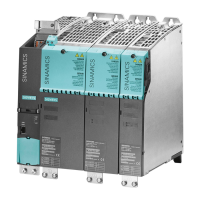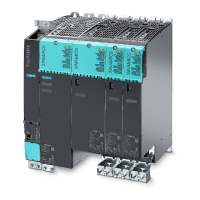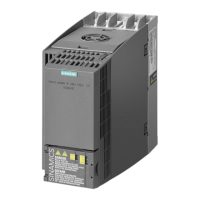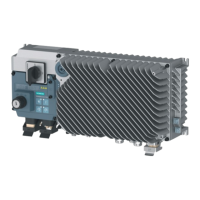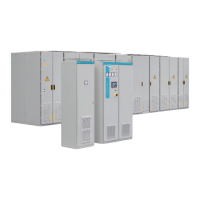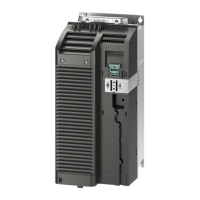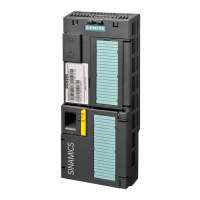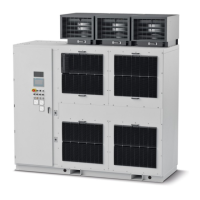Controlling the safety functions
7.2 Control of "STO" and "SS1" via terminal module for option K82
Safety Integrated
Function Manual, 05/2010, A5E03264275A
125
Recommended application
This option is used when:
● Activation will be executed optically isolated in a voltage range of 24 V – 230 V DC/AC.
● You will be working with non-shielded control lines with lengths greater than 30 m.
● The devices will be used in plants with greater spatial elongation (ideal PA not present).
Functional principle
Two independent channels of the integrated safety function are activated via the relays (K41,
K42).
The relay K41 activates the signal to the control unit that is necessary for the safety function
and the relay K42 on the Power Module.
The selection and deselection must be executed concurrently. The time delay that is
unavoidable due to mechanical switch processes, for instance, can be adapted via
parameters.
The circuit is structured so that it is protected against wire break, i.e. if the relay's control
voltage fails then the safety function is active.
A checkback signal can be derived for information, diagnostics, or troubleshooting from the
normally-closed contact switched in series of the relay. Wiring of the checkback signal can
be executed optionally and is not part of the safety concept.
Note
The checkback signal is not necessary for compliance with the standard DIN EN ISO 13849-
1 (formerly EN954-1) cat. 3 PL d and DIN EN 61508 SIL2.
The selection of the safety function must be executed over two channels. A switch in
accordance with ISO 13850/ EN 418, positive opening in accordance with EC 60947-5-1, or
a certified safety controller must be used as activation element.
DANGER
Responsibility for selecting the correct activation element for the purpose of compliance of
the overall system with the required standard (DIN EN ISO 13849-1 (formerly EN954-1)
Cat. 3 PL d or DIN EN 61508 SIL2) rests with the user.
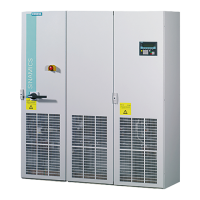
